I had two teas today, since I was rather busy and made tea in a cup, grandfather style, instead of doing my normal routine. The first I had was a Yunnan black of some sort — no labels, as is my bad habit. It’s one of those where there are a number of golden tips in the leaves, but they do not consist of the majority of the leaves. Most of the dry leaves are more blackish. Nice, mellow, a little sweet, robust…. a bit of that caramel Yunnan taste, and not a bad tea.
Then, later, I had an Assam. It looks quite similar to the Yunnan, with some golden flecks among the black leaves. Smells like Assam. I brewed it also in the same mug. Nice, mellow, a little sweet, robust…. not a bad tea.
Then I started wondering if it’s possible for me to identify these teas using the parameters I did (maybe 2-3g of tea in a 250ml? mug) without knowing beforehand what they are. I’m not entirely sure. The Assam certainly was a little more bitter, perhaps, but I think the difference is slight. I could detect Yunnan notes in the Yunnan black, but only just.
Which leads me to think that in some ways, all our gongfu brewing puts us in a very different mindset with regards to the teas we drink. Of course, the amount of leaves I put in my cup today was small, and so the nuances were subdued. Even after many minutes of brewing, however, their differences are not all that great, and will probably be even less if I didn’t know beforehand what they were.
That is of course a great argument for using gongfu style brewing — it gets the most out of your teas, and what might seem like quite similar stuff when brewed with two teaspoons of leaves for five minutes are probably going to be very different beasts when stuffed into a pot 1/5 full of leaves and brewed for five seconds. The great problem with gongfu brewing, as we all know, is space and time. Space, because it eats up a lot of real estate on a table. Instead of just a mug, you need at least a cup, a brewing vessel, and a water dispenser of some sort. Time, because it takes more attention to repeatedly add water than just adding it every once in a while.
There are, I think, ways of making that easier to do. One is to simply drink multiple infusions together. Instead of downing one cup and then adding water and repeating this process, which takes quite a bit of attention and time, it is possible, I think, to use a pot that is of largish size (say 300ml) and make two infusions of the tea drained into a largish mug that will then be consumed over the next 5, 10, or whatever minutes. When another cup of tea is desired, the process can be repeated. Still takes time, yes, and perhaps a walk to the water heater in the office, but I think it does cut down on the amount of attention it requires (and the strange stares from co-workers) significantly. That’s sort of what I do when I’m on the road traveling with a pot in a hotel room. Drinking infusion by infusion just takes too much effort in a sub-optimal space. Doing that, though, still gives some of the same benefits of gongfu brewing, and if you use the right kind of tea, it will last all day.
How do my dear readers make compromises in the office?
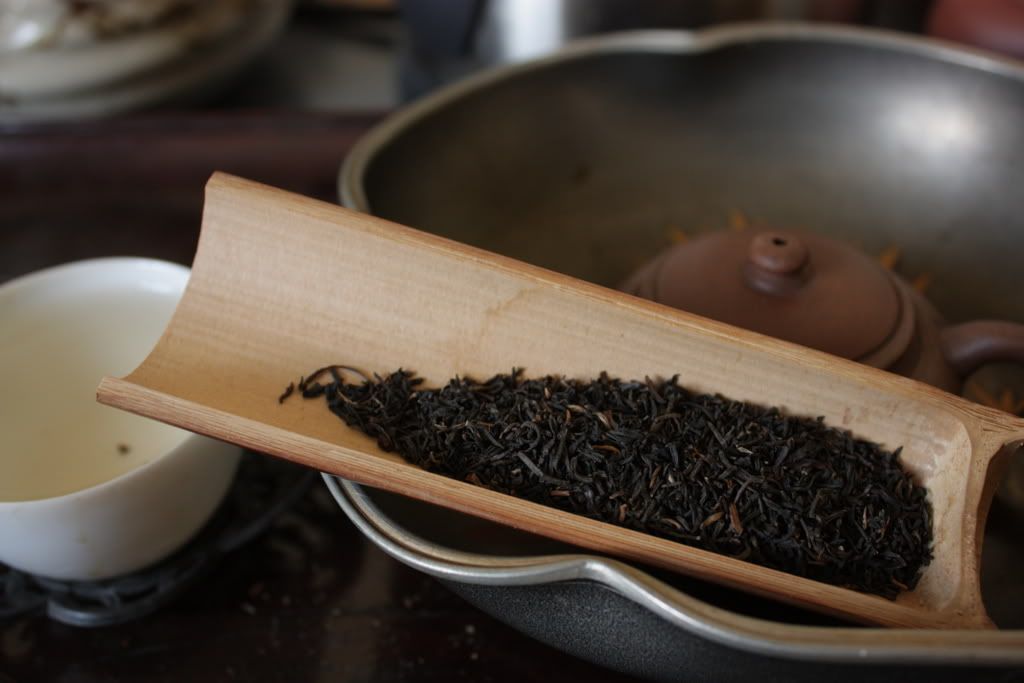
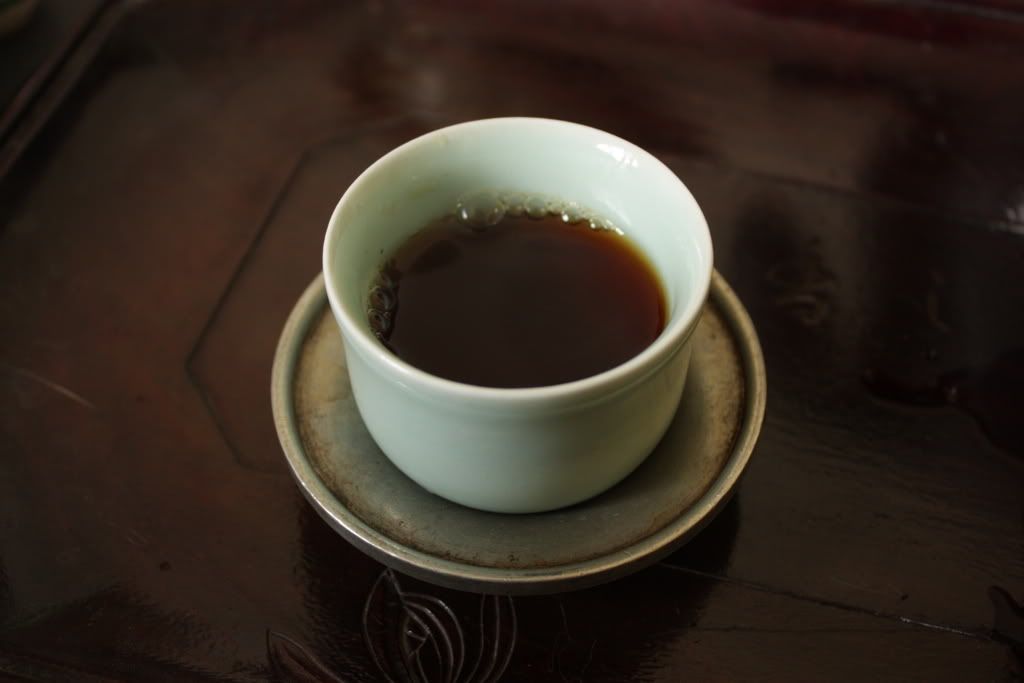

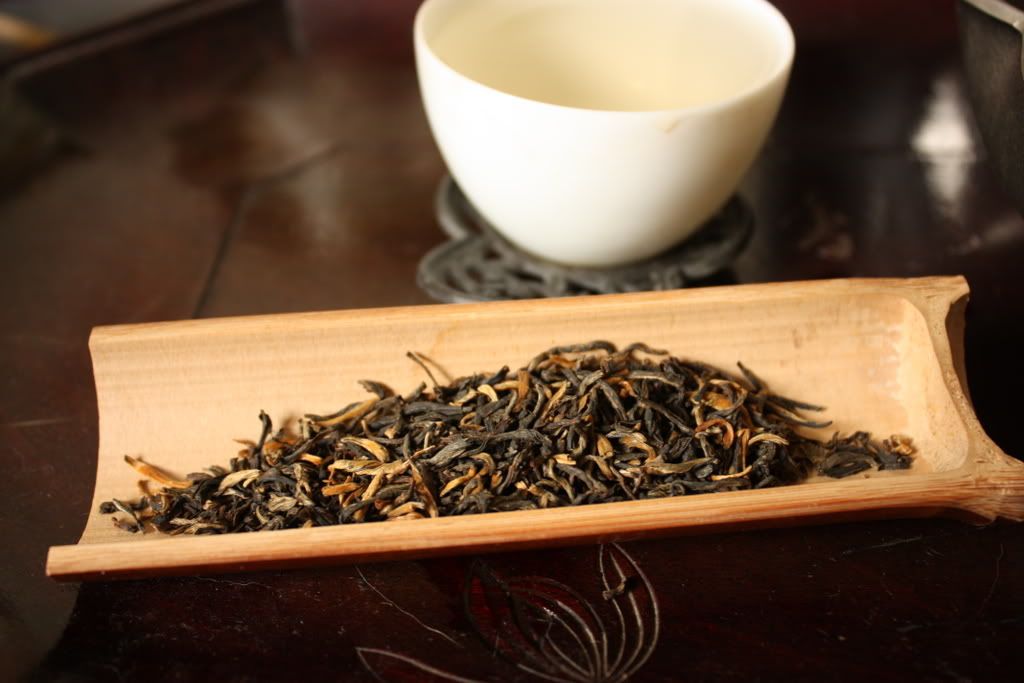
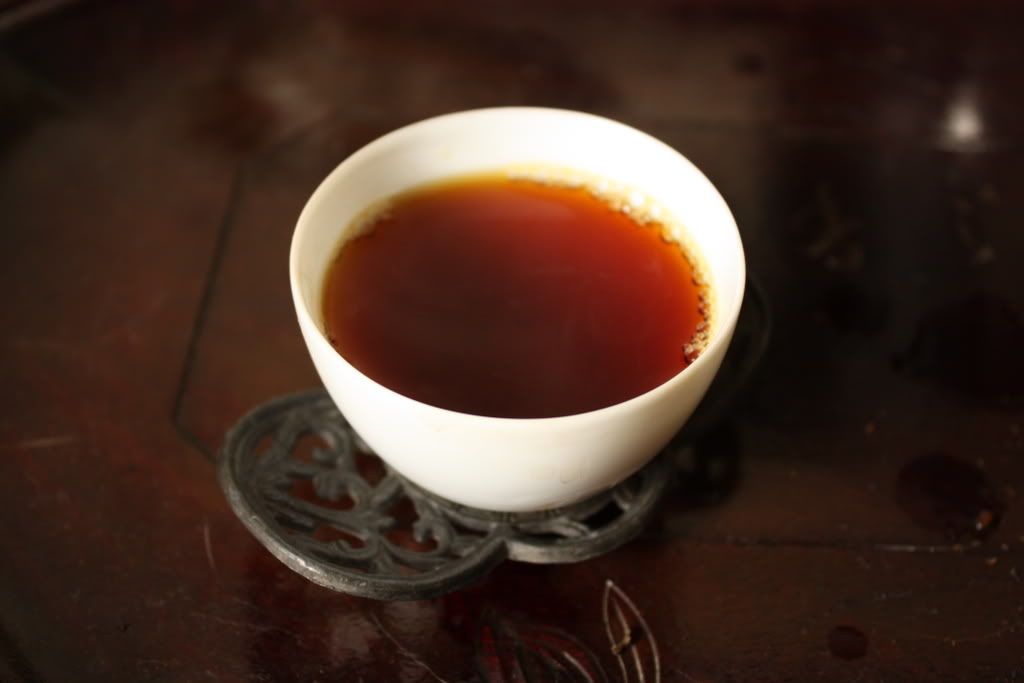
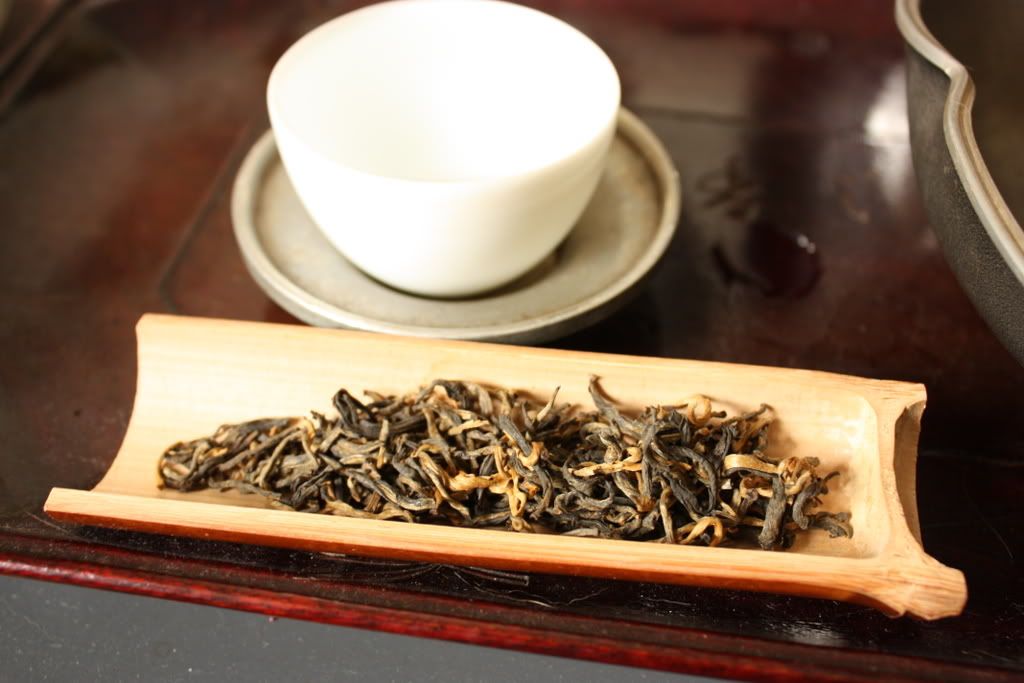
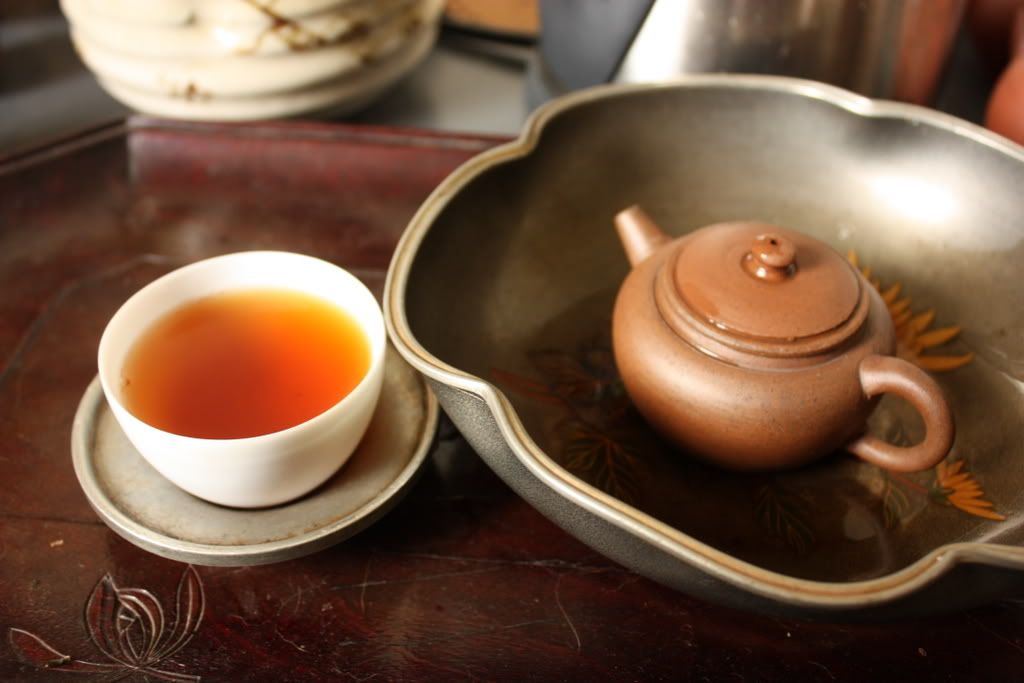
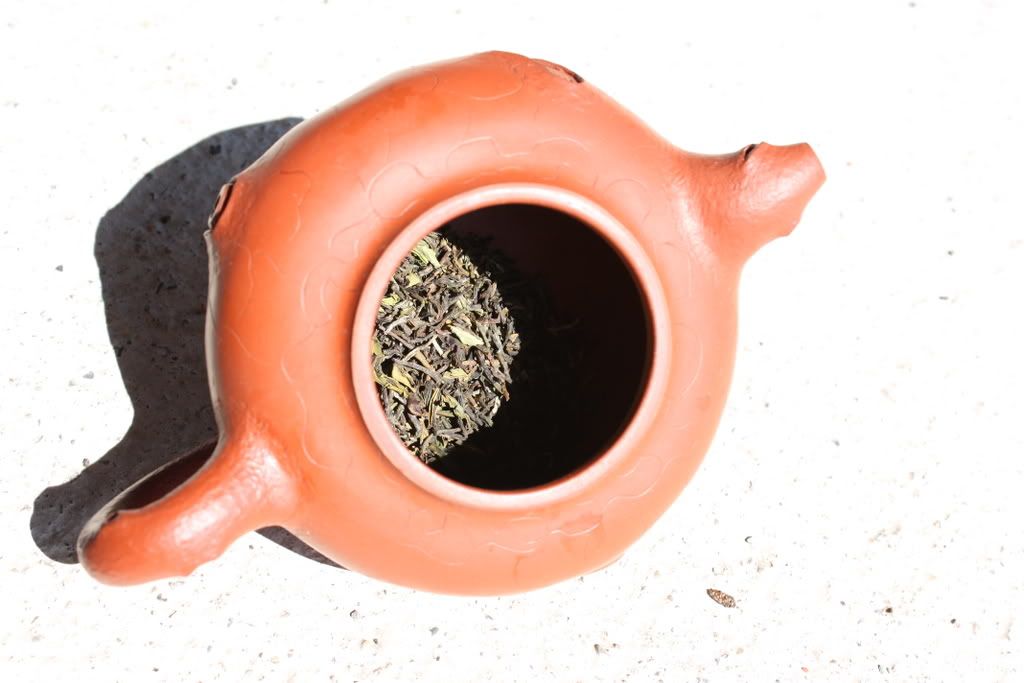
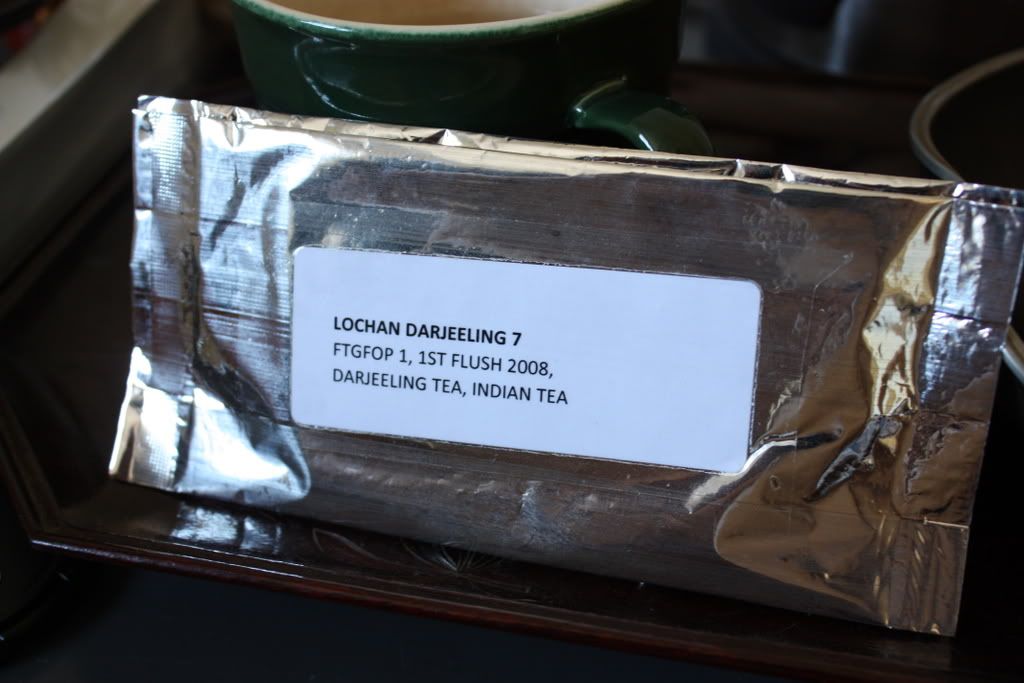
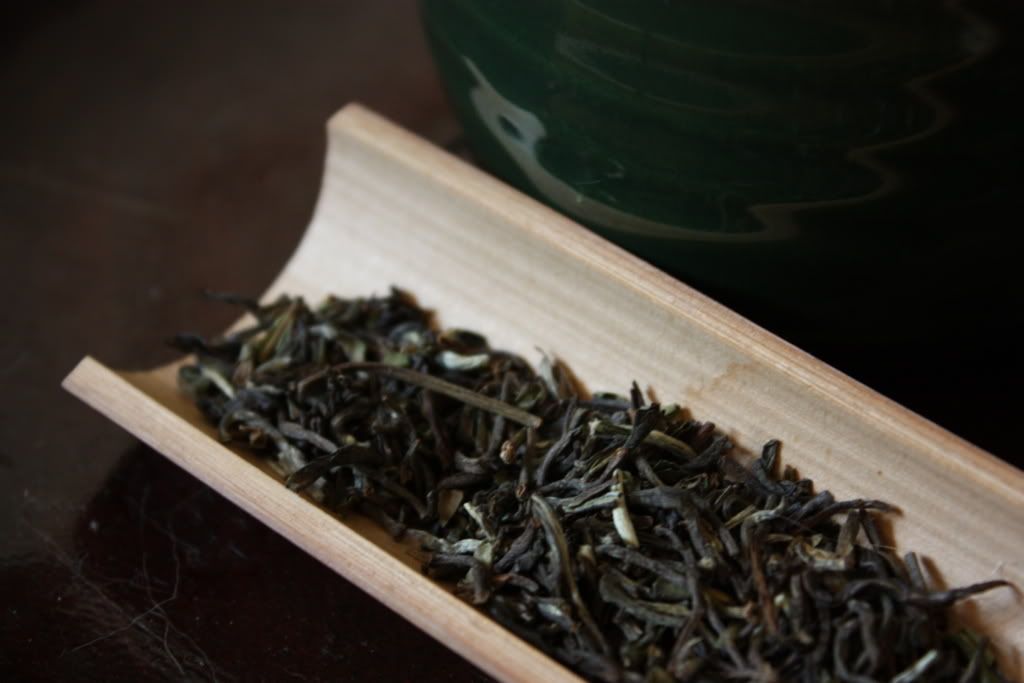


 RSS - Posts
RSS - Posts
I took you at your suggestion and have been reading some of your old post-Covid posts. I haven’t been to…